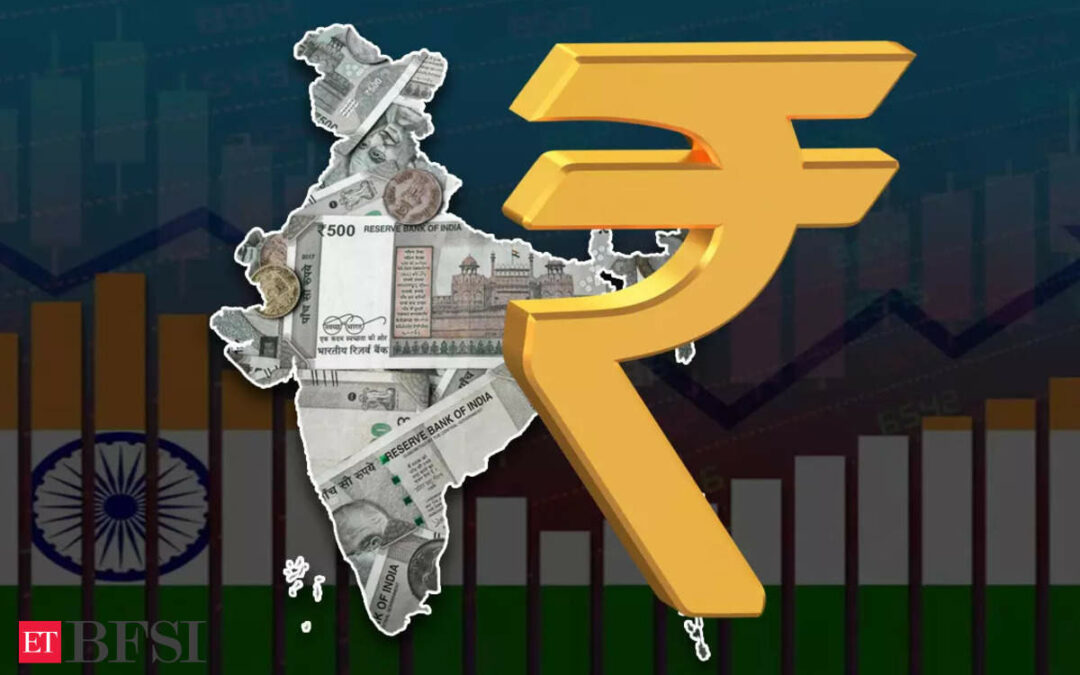As the final phase of polling for the Indian General Elections concludes, with results set to be announced on Tuesday, the financial markets are closely watching the potential impact on the Indian rupee. Prime Minister Narendra Modi’s Bharatiya Janata Party (BJP) is widely expected to retain power, although there remains a possibility that the BJP-led National Democratic Alliance (NDA) may fall short of the 272-seat majority mark.
The market is considering four potential outcomes:
BJP securing a majority on its own: This scenario is deemed the most likely and is expected to positively impact the rupee. The continuation of current policies and reforms would signal economic stability, potentially pushing the rupee to 82.50 against the dollar. The Modi government’s focus on capital expenditure and infrastructure is anticipated to attract inflows, further supporting the currency.
NDA achieving a majority without BJP’s absolute majority: If the BJP falls short but the NDA still secures a majority, the rupee is expected to experience some depreciation pressures in the near term. However, policy continuity may lead to eventual rupee appreciation. The negative impact might be mitigated by expected inflows from the inclusion of Indian government bonds in emerging market indices by JP Morgan and Bloomberg, which could bring in $25-30 billion.
NDA forming a coalition with other parties: Should the NDA fall below the halfway mark but manage to form a coalition, the rupee could depreciate to levels between 83.50 and 84.00 against the dollar. Concerns would arise over potential slowdowns in economic reforms and fiscal consolidation, along with fears of a more assertive stance from coalition partners, leading to slower decision-making processes.
INDIA bloc forming a coalition government: Although less probable, this outcome could bring significant selling pressure to domestic financial markets, including equity, debt, and foreign exchange. A coalition of disparate partners may slow down reforms and growth, potentially reversing some progress made in fiscal consolidation. In this scenario, the rupee could depreciate by around 3% over the subsequent month, despite potential support from the Reserve Bank of India’s foreign exchange reserves.
Historical trends indicate that the rupee has typically appreciated following general elections, including during the BJP’s defeat in 2004. Market participants are hopeful that the election results will not bring any unexpected shocks and that the rupee will remain resilient, supported by India’s robust economic foundations and favorable investment environment compared to other global markets.











